The Best Grass for Your South Florida Lawn
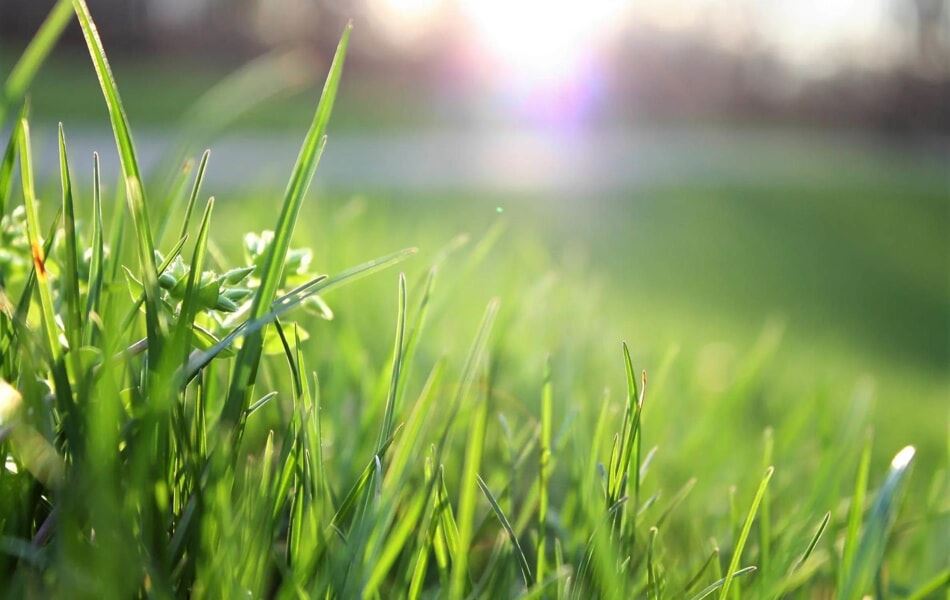
Choosing the best grass for your South Florida lawn is essential to a vibrant, low-maintenance yard. In this warm, tropical climate, you need grass that's tough enough for play and sunshine yet looks great.
Wondering how to get that perfect green lawn? It's all about choosing the right type that balances looks with resilience, thriving in humidity, resisting pests, and keeping your home looking sharp.
Ready for a lush lawn that's both beautiful and durable? Let's find your lawn's best match!
Key Takeaways
- For South Florida lawns, the best grass types, like Saint Augustine and Zoysia grasses, offer unique benefits like climate adaptability and low maintenance.
- Proper lawn care in South Florida involves understanding specific watering and fertilization needs to support the grass types suited to South Florida.
- Choosing the suitable grass for your South Florida lawn involves considering climate adaptability, soil type, and maintenance requirements to ensure year-round vibrancy.
Best Grass Types for South Florida Lawns
Selecting the best type of grass for your South Florida lawn requires careful consideration of several factors, including climate tolerance, maintenance needs, and desired appearance.
Here's a look at some top choices:
St. Augustine Grass
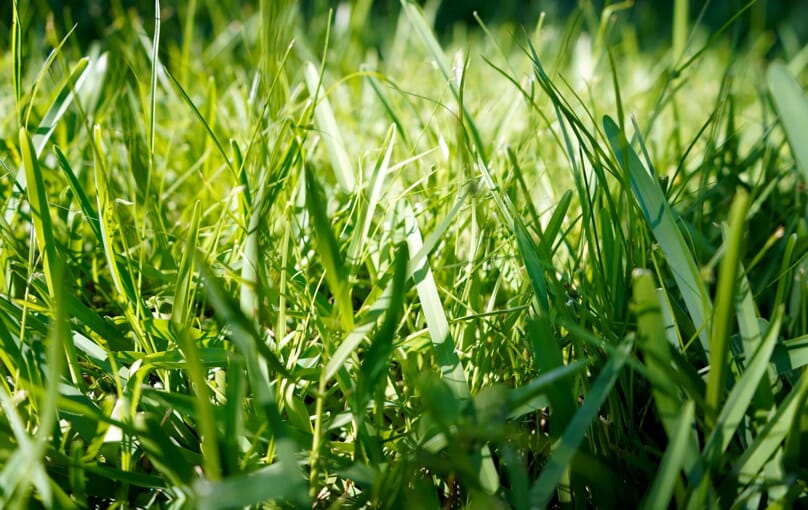
As you consider the best grass for your South Florida lawn, Saint Augustine grass stands out among other common grass for a new lawn.
Here's why it might be the perfect choice for you:
- Adaptable to South Florida's mild winters and hot summers.
- Shade tolerance: Excellently adapts to various lighting conditions, thriving in full and partial shade.
Among the varieties of St. Augustine grass, Floratam is particularly well-suited for South Florida's climate. It offers lush, green coverage and excellent disease resistance.
Bermuda Grass
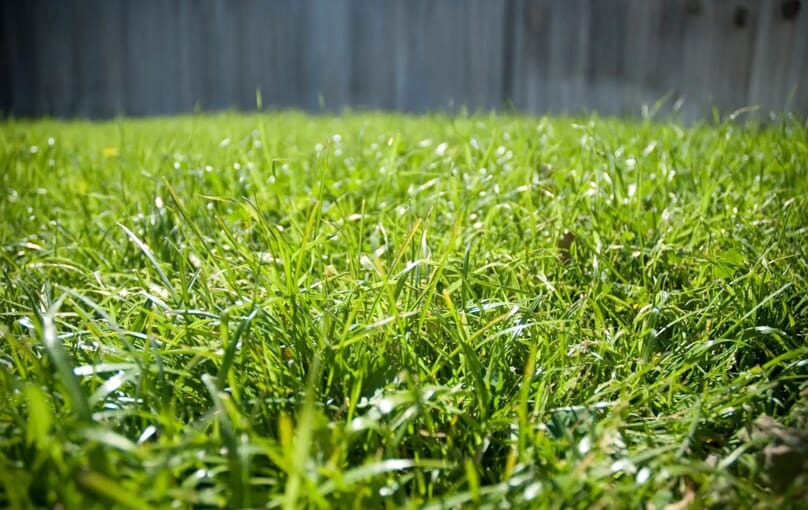
When considering Bermuda grass for your lawn or sports field, you must understand its unique characteristics and care requirements to ensure it thrives in your landscape.
Here's a breakdown of what makes this drought-tolerant grass popular:
- Sunlight requirements: Needs full sun for optimal growth.
- Often chosen for sports fields and golf courses because of its resilience.
While Bermuda grass is celebrated for its resilience, it's considered a high-maintenance turf due to its frequent mowing and fertilization requirements.
Zoysia Grass
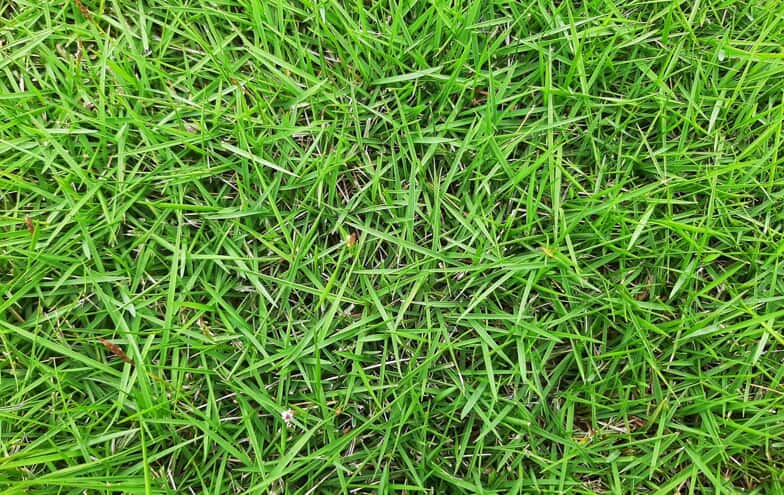
Considering Zoysia grass for your lawn means appreciating its unique characteristics that contribute to its appeal and maintenance requirements. Here's a closer look:
- Known for its fine texture and luxurious feel.
- Growth rate: Grows slowly and emerges as a low-maintenance grass over time.
Bahia Grass
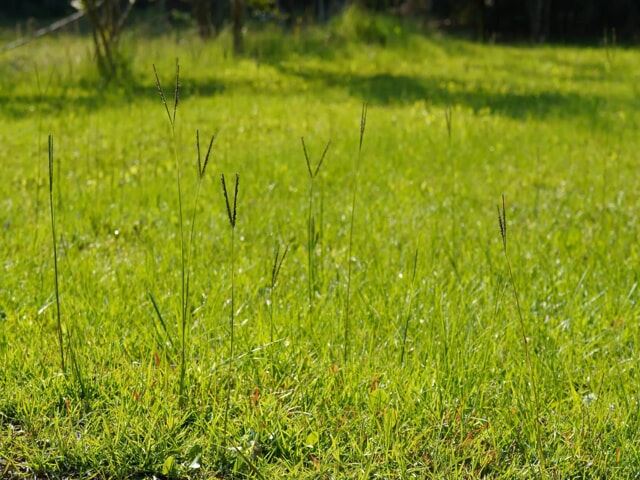
As you weigh the options between Bahia Grass, particularly the Pensacola variety, and other grass types for your lawn, here’s a comparison to help you make an informed decision.
Quality | Bahia Grass | Other Grass Types |
Maintenance Needs | Low | Varies |
Drought Resistance | High | Moderate to high |
Pest Resistance | Good | Varies |
Other Warm-Season Grass Varieties
Exploring other warm-season grass varieties can help you tailor your lawn care to your needs and environment.
Here's a closer look at some options that might be just what you're searching for:
- Centipede Grass: Low maintenance but less tolerant of heavy foot traffic.
- Seashore Paspalum: Excellent for salt-prone areas, such as coastal areas.
- Buffalo Grass: Not commonly used in Florida, but an option for drought-prone areas or regions with high temperatures.
- Palmetto Grass: Known for its exceptional shade tolerance and cold hardiness, it is a versatile option for South Florida lawns.
Lawn Care Essentials for South Florida
Creating a lush and resilient lawn in South Florida requires understanding the region's unique climate and soil conditions.
Optimal lawn care involves managing watering and fertilization practices to support the specific lawn grass types that thrive in this area's warm temperatures and sandy soils.
Watering Requirements
To ensure your garden thrives, you must know the specific watering requirements. Here’s a breakdown of when and how much to water your home lawn:
Requirement | Details |
Best Times to Water | Early morning reduces evaporation and wind interference. |
Frequency | Aim for 2-3 times per week, adjusting for rainfall and signs of drought stress. |
Amount | Typically, 0.5 to 1 inch of water per week suffices, encouraging deep roots. |
Fertilization and Soil Health
Before diving into fertilization and soil health specifics, you must understand how these key strategies can significantly enhance your lawn's vitality and appearance.
- Soil Testing: Assessing soil conditions before applying fertilizers to target deficiencies is crucial.
- Nitrogen-rich Fertilizers: Suitable for promoting a dense turf and maintaining a vibrant green color.
- Potassium Fertilizers: Enhance drought tolerance and improve the grass's resilience to high-traffic areas.
- Slow-release Fertilizers: Provide nutrients steadily over time, minimizing the risk of overwatering and nutrient runoff.
Tips for Choosing the Right Sod for Your Lawn
As homeowners in South Florida, you must choose suitable grass before the growing season, considering climate, soil type, and intended use.
Here are key considerations and tips for maintaining a vibrant lawn year-round:
Selecting the Right Grass
Opt for grass varieties that maintain a dark green hue throughout the year and can endure both high foot traffic and periods of drought.
Here are more things to consider before getting the grass seed of your chosen cultivar:
- Assess Your Lawn’s Conditions: Evaluate the sunlight vs. shade your lawn receives daily. Consider soil type and drainage capability.
- Understand Your Needs: Determine the level of foot traffic your lawn will endure. Decide on the desired maintenance level and aesthetic appeal.
- Consider Environmental Impact: Choose grass varieties native or adapted to South Florida’s climate.
- Seek Professional Advice: Consult with local gardening centers or landscaping professionals familiar with South Florida’s climate.
- Plan for the Future: Think about long-term care requirements and the sustainability of your chosen grass type.
Coming Up with Visual Inspiration
Consider assembling a photo gallery of lush South Florida lawns. This visual reference can spark ideas and showcase the potential of what your lawn can achieve, providing tangible goals to strive for.
Calling the Professional Lawn Care Experts
When choosing the best grass for a lawn in South Florida, an expert's opinion can be refreshing.
Professional lawn care experts (like us, here at Native Pest Management) bring an arsenal of tools to the fight against weeds, pests, and South Florida's unforgiving heat.
